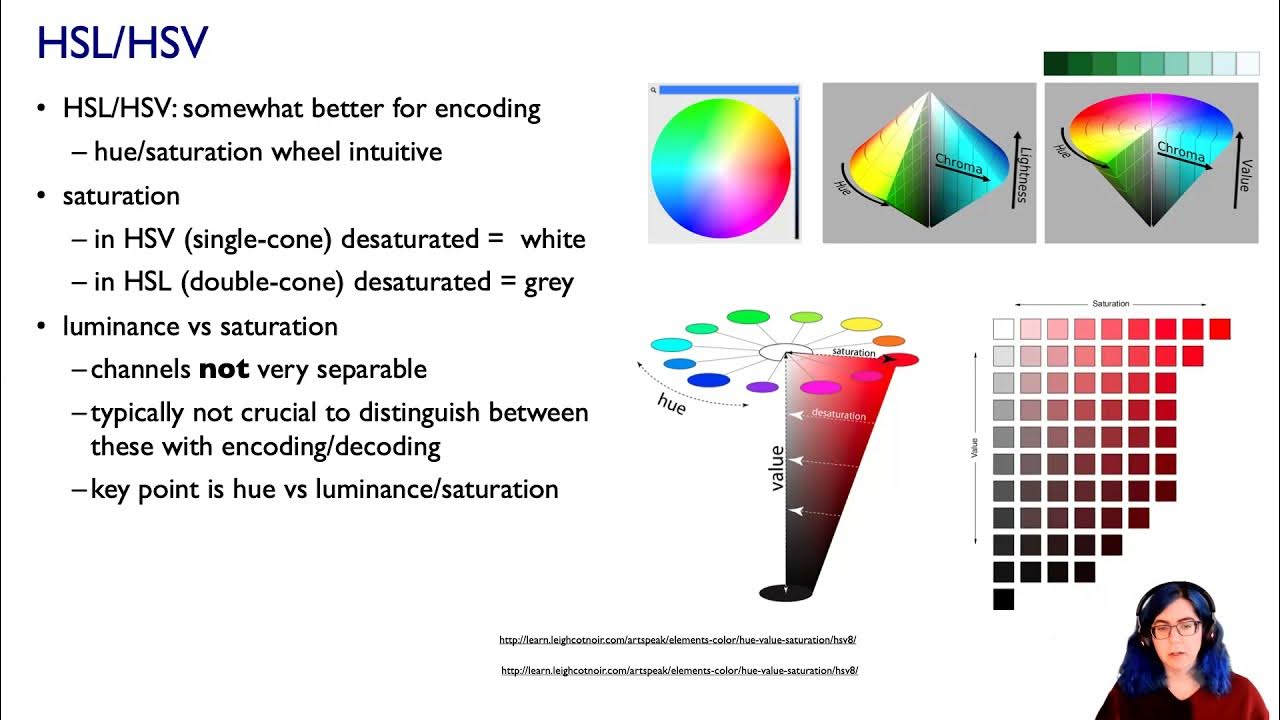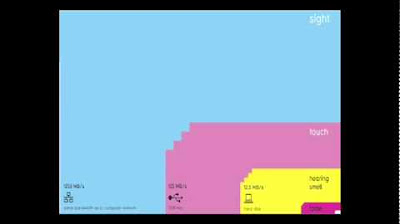The Value of Data Visualization | The Power of Visual Storytelling
Summary
TLDRThis video explores the power of design in data visualization, emphasizing how visual elements like color, size, and orientation can enhance our understanding of complex information. By leveraging pre-attentive attributes—visual cues that the brain processes instantly—we can reveal patterns, correlations, and trends in data. The video demonstrates how design improves comprehension, making data not just readable but meaningful. It highlights the importance of effective communication through design, showing that the ability to share information clearly is key to making data truly powerful.
Takeaways
- 😀 Knowledge is power, but making knowledge powerful requires the ability to find meaning in data.
- 😀 Data can often overwhelm us, but effective design and visualization help communicate its story clearly.
- 😀 Infographics are where data meets design, transforming complex information into understandable visuals.
- 😀 Good data visualization makes use of pre-attentive attributes like color, size, and orientation to convey information instantly.
- 😀 Simple design changes, like using color, can significantly improve comprehension and speed up understanding of data.
- 😀 The human brain processes visual cues like color and size within 250 milliseconds, aiding quick interpretation.
- 😀 Visual elements like color can be used to show correlations, size to show quantity, and orientation to show trends in data.
- 😀 The power of design goes beyond data and can be applied to better communicate information on various topics like processes, hierarchy, and anatomy.
- 😀 Effective communication isn't just about having a message; it's about how well you can share it with others.
- 😀 Innovation in design helps improve how we convey messages, making them clearer and more impactful.
Q & A
What is the main message of the video script?
-The main message of the video is that knowledge, particularly in the form of data, can be more powerful when visualized effectively. Using design elements like color, size, and orientation can help convey complex information quickly and clearly.
Why is data visualization important?
-Data visualization is important because it helps turn raw data into meaningful insights. It allows people to spot patterns, correlations, trends, and other key elements more easily, which might not be obvious from raw data alone.
What are pre-attentive attributes in data visualization?
-Pre-attentive attributes are visual clues like color, size, orientation, and flicker that the human brain processes very quickly (within about 250 milliseconds) to help identify and understand patterns or information at a glance.
How does color improve data comprehension?
-Color helps to highlight specific data points, show correlations, and create distinctions between different elements, making it easier for the brain to process and understand information faster.
What role does size play in data visualization?
-Size in data visualization is often used to represent quantities or magnitudes. Larger sizes typically represent larger values, making it easier to compare different data points visually.
What is the significance of orientation in visual design?
-Orientation, such as the direction in which objects or elements are positioned, can convey trends or patterns in the data. For example, an upward trend may be represented by objects tilted in an ascending direction.
What are some examples of data types that benefit from visualization?
-Data types like correlation, quantity, trends, processes, hierarchy, anatomy, and chronology can all benefit from visualization, as design elements can help communicate their relationships and significance more effectively.
Why is innovation in communication important for conveying messages?
-Innovation in communication, particularly through design, ensures that messages are not only conveyed but also understood quickly and effectively. Good communication depends on finding the best way to share and present information.
How does the human brain process data visualizations?
-The human brain processes visual cues like color, size, and orientation almost instantly—within 250 milliseconds—allowing us to quickly identify patterns or trends in the data, which might take longer if we were reading through raw numbers or text.
How does data visualization impact storytelling?
-Data visualization enhances storytelling by making complex data more accessible and engaging. It allows the audience to grasp the story behind the data without getting bogged down in numbers, making the overall narrative more impactful and memorable.
Outlines

Этот раздел доступен только подписчикам платных тарифов. Пожалуйста, перейдите на платный тариф для доступа.
Перейти на платный тарифMindmap

Этот раздел доступен только подписчикам платных тарифов. Пожалуйста, перейдите на платный тариф для доступа.
Перейти на платный тарифKeywords

Этот раздел доступен только подписчикам платных тарифов. Пожалуйста, перейдите на платный тариф для доступа.
Перейти на платный тарифHighlights

Этот раздел доступен только подписчикам платных тарифов. Пожалуйста, перейдите на платный тариф для доступа.
Перейти на платный тарифTranscripts

Этот раздел доступен только подписчикам платных тарифов. Пожалуйста, перейдите на платный тариф для доступа.
Перейти на платный тариф5.0 / 5 (0 votes)






